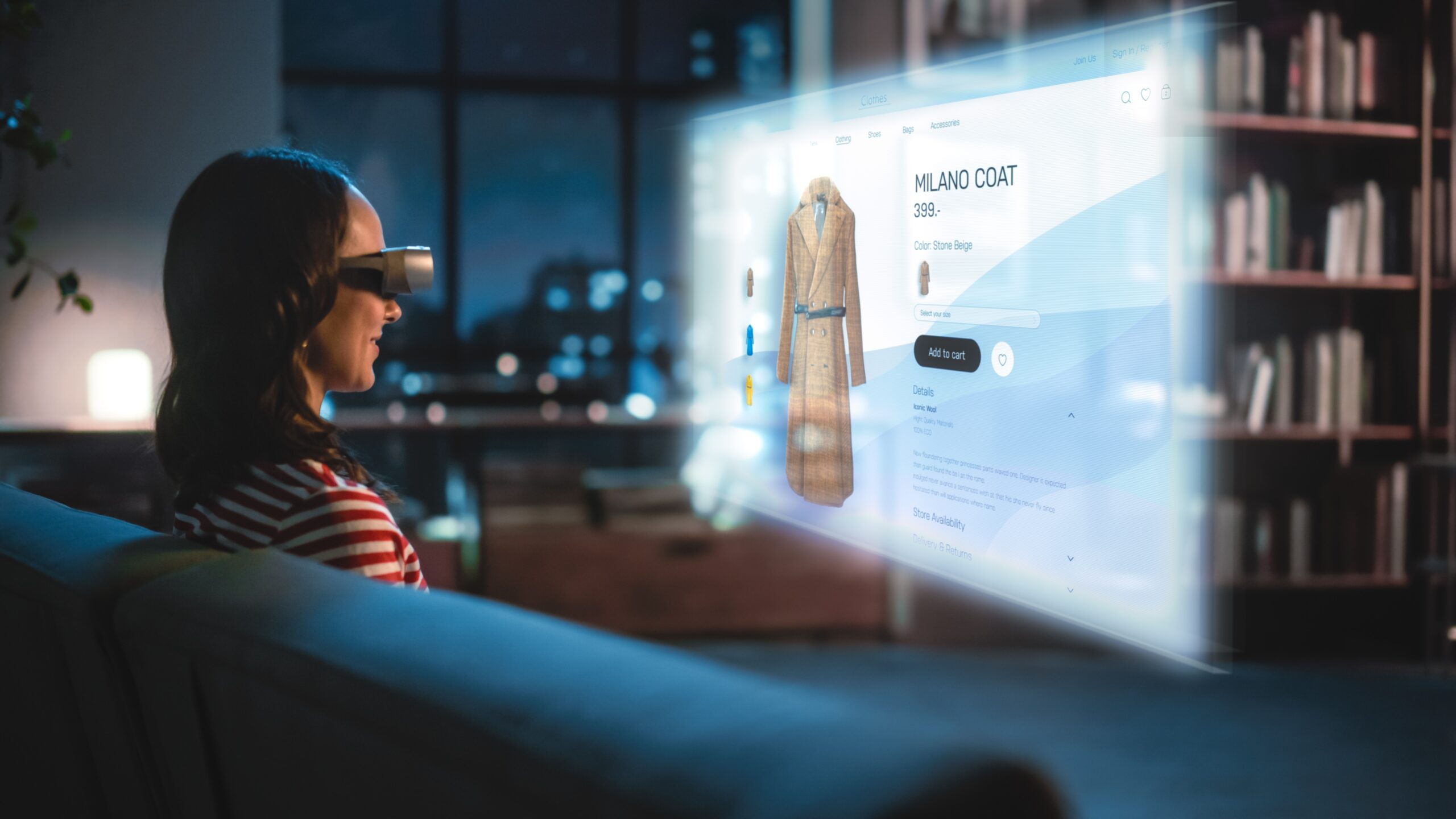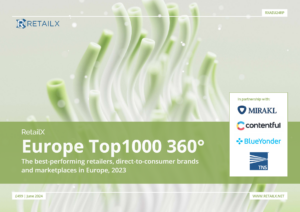How retailers can meet the expectations of tech-savvy European shoppers – InternetRetailing

The recently published RetailX Europe Top1000 360° report looks at some of the most effective digital technologies that retailers are employing.
Live shopping
Live streams are interactive, fostering a sense of community and real-time connection. Watching makeup artists, for instance, demonstrate products and answer questions is far more engaging than looking static product pages.
Live streams enable retailers to showcase products in detail and address customer concerns directly. The immediacy creates a sense of urgency. Limited-time offers and exclusive deals during streams can drive impulse purchases. A quarter of shoppers in both Benelux and France want their favourite brands to offer live shopping. Only in Germany is the sense of community and entertainment not something shoppers crave.
Social shopping
Social commerce has been a slow burn. While most retailers and brands use social within marketing, and while a growing number of platforms – led by TikTok and Instagram – allow goods to be purchased from posts, uptake has been slow. In part, this is because search, discovery and filtering via social are all poor, while data security and privacy concerns persist.
But social is going to explode. Rich messaging – think iMessage, WhatsApp and soon RCS, Google’s SMS 2.0 but via social and social DMs – will allow improve marketing and integration, negating search issues. This will drive more people to use social to buy after being prompted. A bit like retail media, but via social messaging. The addition of augmented (AR) and virtual reality (VR) to enhance product visualisation will also see social commerce start to grow.
AR shopping
Augmented reality (AR) isn’t just a tool for enhancing social commerce, but adds much across ecommerce in general by offering a more interactive and immersive shopping experience through virtual try-ons, interactive showrooms, enhanced product visualisation and, combined with live streaming, enhanced personal shopping experiences.
Europe’s tech-savvy population is ripe for AR adoption in ecommerce. Indeed, a third of Benelux shoppers (34%) want their favourite brands to offer it. It is already being seen in homewares shopping, allowing virtual product placement in the home via smartphone. Expect more of this across these higher-value purchase sectors, as well as in fashion.
The Metaverse
The metaverse, a burgeoning virtual world, might seem like a gamble for retailers. After all, ConsumerX data points to consumer interest in Europe barely making it into double digit demand – aside from Benelux, where 20% are keen. But while current user numbers might be modest, the metaverse is projected to experience significant growth. Retailers who invest now can secure a competitive edge for the years to come.
Our first RetailX Europe Top1000 360° report brings together two strands of RetailX research. The first is the Top1000, now in its ninth year of ranking ecommerce and multichannel retailers by performance. The second is the more recent 360° reports, which explore markets in the round, from the economic context for retail to retailer performance and how shoppers buy, or would like to buy.
Stay informed
Our editor carefully curates two newsletters a week filled with up-to-date news, analysis and research, click here to subscribe to the FREE newsletter sent straight to your inbox and why not follow us on LinkedIn to receive the latest updates on our research and analysis.
Related
EU denies picking on US tech giants, says US also…
BRUSSELS (Reuters) - Europe's new tech rule aims to keep digital markets
€450M to drive green data infrastructure, the next startup hub,…
This week we tracked more than 70 tech funding deals worth over €1.3 billion, and over 5 exits, M&A transactions, rumours, an
European tech sector poised for stronger 2025, says Monument Group;…
Let’s kick things off with tech! Monument Group’s Zac Williams expects a big spike in European technology deals in 2025, as the region offers more appealing
Women still marginalised in Europe’s Tech Ecosystem
European startups founded or co-founded by women raised €10.2B in 2024 across nearly 2,000 transactions, according to Pitchbook’s latest study. This repr











